#Women in history
Text
The dangers of the combat zone

"Women accompanying the military were in what military historian John Lynn calls the combat zone, which is
best defined by the intensity and immediacy of danger and by the ability to do direct harm to the enemy… the full reality of war lives here. Modern armies regard it as an innovation to send some women into combat, but in the campaign community all women stood in harm’s way.
It would be odd to imagine that the women accompanying an army, exposed as they were to all the dangers of the military world, didn’t pick up arms and fight. In 1643, in the earlier stages of the English Civil War, a regiment of troops was recalled from Ireland to support King Charles. Rumours swirled that they were accompanied by a regiment of women, and that ‘these were weaponed too; and when these degenerate into cruelty, there are none more bloody’. Indeed, when 120 Irish women were taken prisoner at Nantwich they were discovered to have long knives with them, causing a furore in the press. The dubiously named True Informer excitedly reported that the knives in question were half a yard long, with a hook at the end ‘made not only to stab but to tear the flesh from the very bones’. The likeliest explanation for these knives, however, is that the women weren’t soldiers; they were camp followers, and they needed the knives to help them with pillage and self-defence.
The women of the campaign community did fight. The Bishop of Albi, on the battlefield of Leucate in southern France to administer to the dying in 1637, came upon the bodies of several women in uniform. ‘These were the real men,’ he was told by the Castilian soldiers, ‘since those who had fled, including certain officers, had conducted themselves like women’.
Madeleine Kintelberger was a vivandière accompanying the French Seventh Hussar Regiment at Austerlitz in 1805, along with her soldier husband and their six children. The regiment was under heavy attack from Russian forces when her husband was killed by a cannonball, and her children seriously wounded. Madeleine herself had taken a cannonball to the arm, virtually slicing it off below the shoulder. As the Russian Cossacks approached, she scooped up a sword to defend her children, receiving further wounds in both her arms before the family was taken prisoner. Madeleine was six months pregnant and gave birth in captivity. Her bravery was rewarded with a pension from Napoleon. Examples of cantinières fighting are ‘legion’."
Forgotten Warriors, Sarah Percy
#history#women in history#women's history#19th century#17th century#women warriors#warrior women#madeleine kintelberg#european history#historical figures#historical#france#franch history#england#english civil war#napoleoni
45 notes
·
View notes
Text







49K notes
·
View notes
Photo

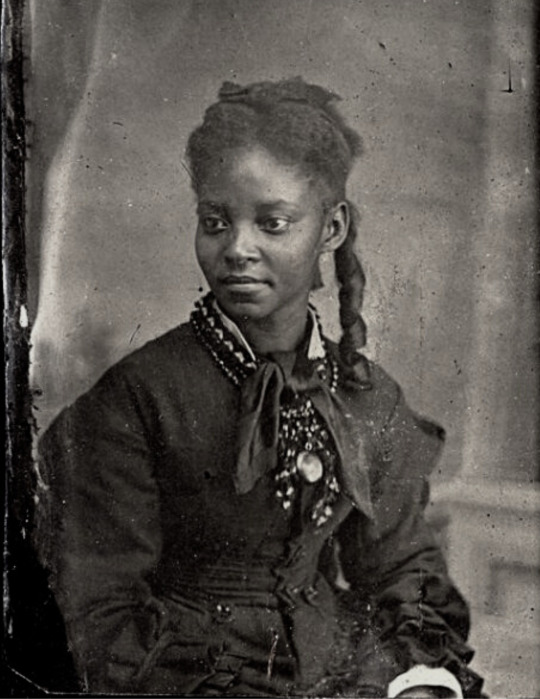




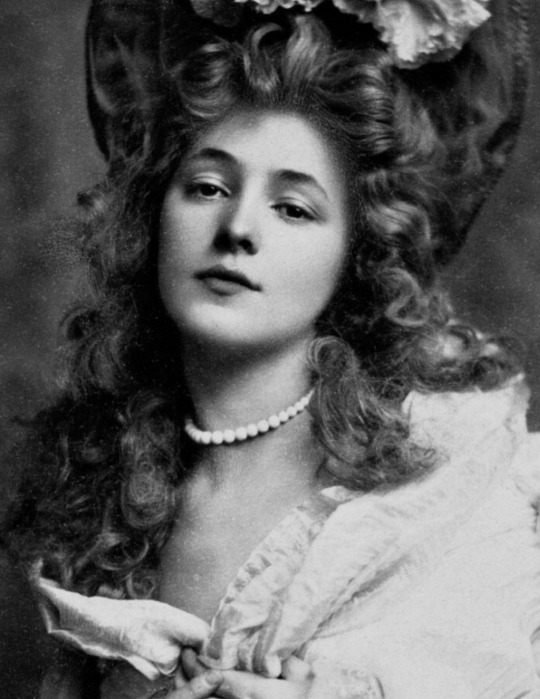
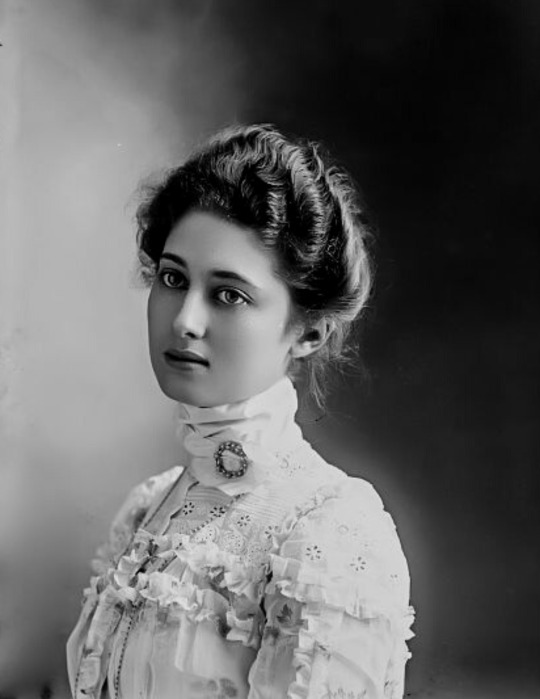
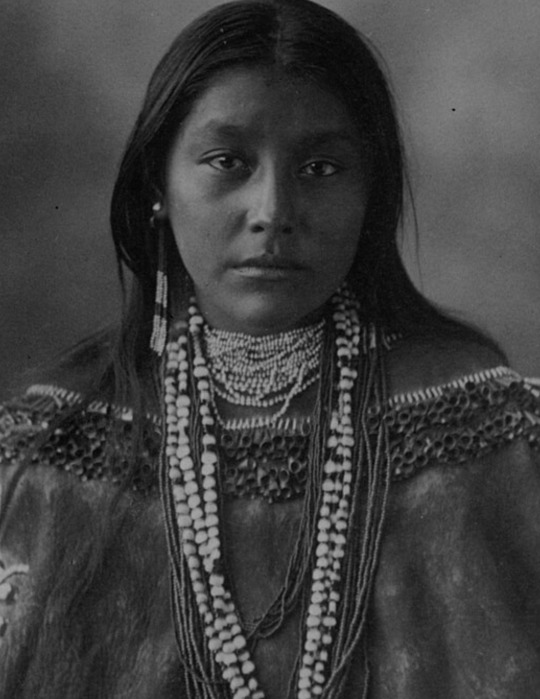

edwardian & victorian era women
#history#victorian era#vintage photography#women in history#beauty#vintage#1800s#ph#vintage ph#aesthetic#graphics#edwardian era
61K notes
·
View notes
Text
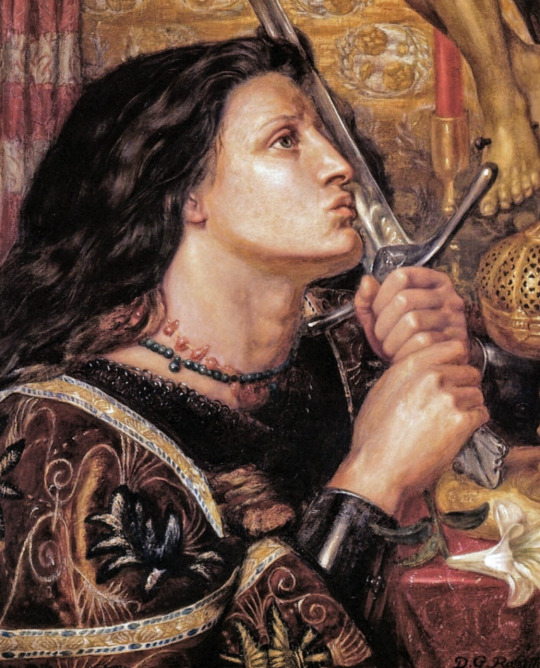
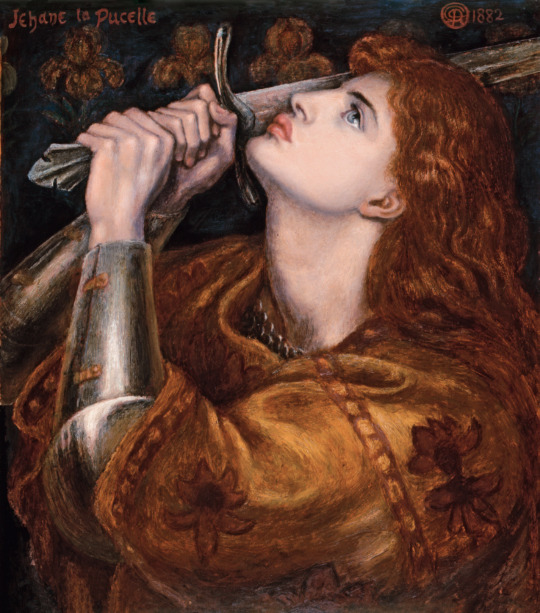
Dante Gabriel Rossetti
British, 1828-1882
Joan of Arc Kissing the Sword of Deliverance (1863) & Joan of Arc (1882)
#art#painting#classical art#art detail#joan of arc#art history#women in art#women in history#historical art#19th century art#British art#preraphaelites#pre raphaelite brotherhood#pre raphaelite#dante gabriel rossetti#rossetti#jeanne d'arc#christian art#dark academia#dark academia aesthetic#dark academia art#paintings#victorian art#19th century
3K notes
·
View notes
Photo
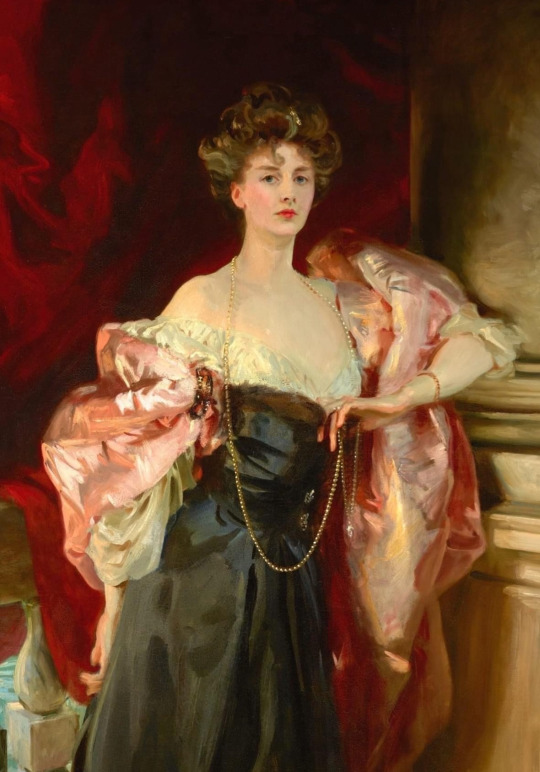

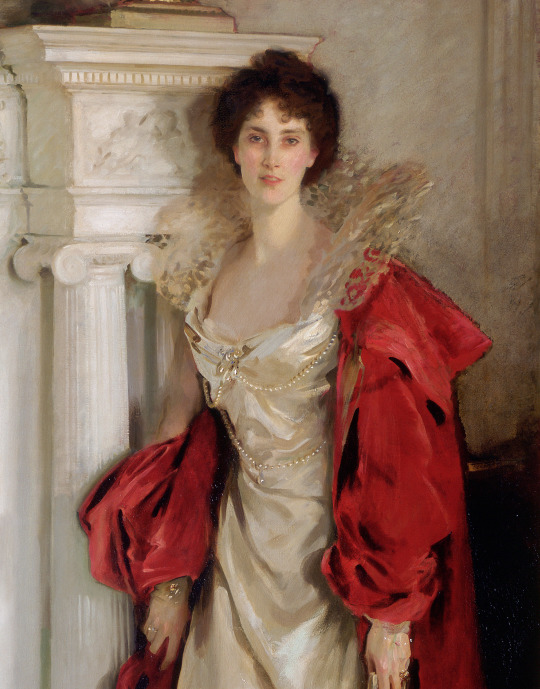



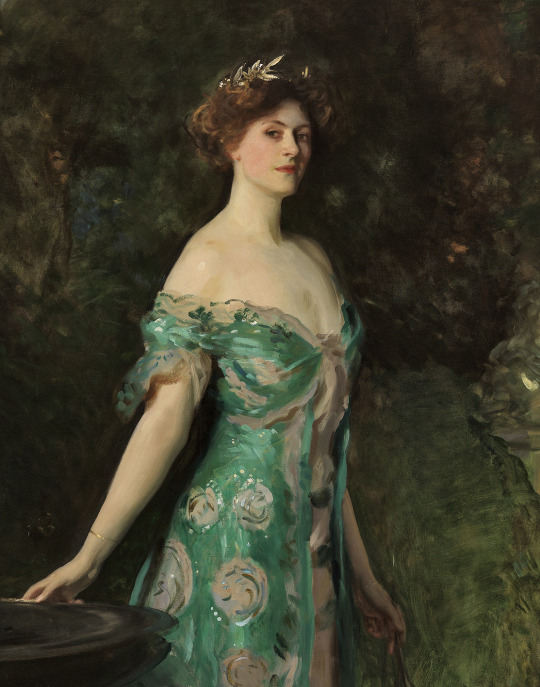


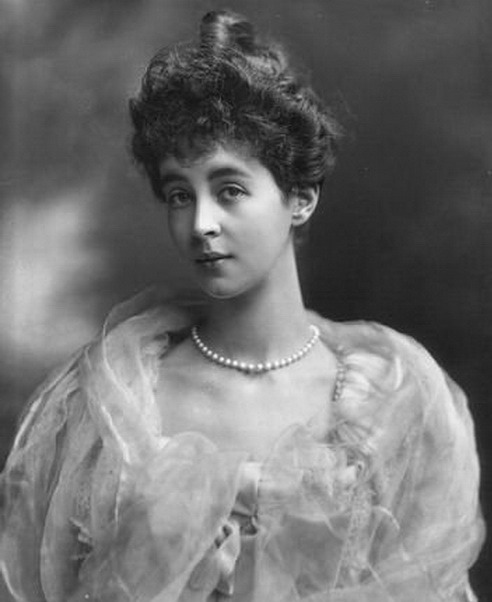
Some well known aristocratic beauties of the late Victorian and the Edwardian era as depicted by John Singer Sargent and in photography
Lady Helen Vincent, Viscountess D'Abernon (1904) // Winifred, Duchess of Portland (1902) // Lady Agnew of Lochnaw (1892) // Millicent, Duchess of Sutherland (1904) // Consuelo Vanderbilt in The Marlborough Family (1904/05)
#john singer sargent#historicwomendaily#women in art#art history#art comparison#edwardian era#edwardian#19th century#20th century#art#classical art#vintage#photography#beauty#fashion#beautiful women in history#the gilded age#the belle epoque#historical fashion#women in history#hulderposts#female beauty in art#art comparisons#history crushes#lady helen vincent#helen vincent#winifred duchess of portland#lady agnew of lochnaw#millicent duchess of sutherland#consuelo vanderbilt
6K notes
·
View notes
Text
behind every hot girl there is a deep history of obsessing over a particular time period or historical figure
#hot girls love history#history#joan of arc#marie antoinette#catherine the great#princess diana#cleopatra#women in history#history major#hot girl shit#random#period drama#jane austen#the middle ages#the renaissance#world history
1K notes
·
View notes
Text
A video of "human calculator" Shakuntala Devi solving complex mathematical equations within seconds.
In 1982, she was awarded the Guinness World Record for fastest human computation. She was assigned a multiplication problem with two random numbers of 13 digits each (7,686,369,774,870 × 2,465,099,745,779) and gave the correct answer (18,947,668,177,995,426,462,773,730) in 28 seconds.
She travelled to several countries for the purpose of having her talents studied. In 1988, her abilities were tested by Arthur Jenson, a professor at the University of California, Berkeley. Problems given to her included calculating the cube root of 61,629,875 and the seventh root of 170,859,375. Jensen reported that Devi came up with the solutions (395 and 15) before he could write them down in his notebook.
Before all that, in 1977, at Southern Methodist University, she gave the 23rd root of a 201-digit number in 50 seconds. Her answer (546,372,891) was confirmed by calculations done by the UNIVAC 1101 computer, for which a special program had to be written to perform such a large calculation. The computer took longer to solve the problem than Devi did.
Oh, also, in 1979, she wrote the earliest book about homosexuality in India.
(info stolen from Wikipedia)
#women and girls in STEM#incredible women and girls#women in history#herstory#neat stuff#LGB history#feminist history
753 notes
·
View notes
Text
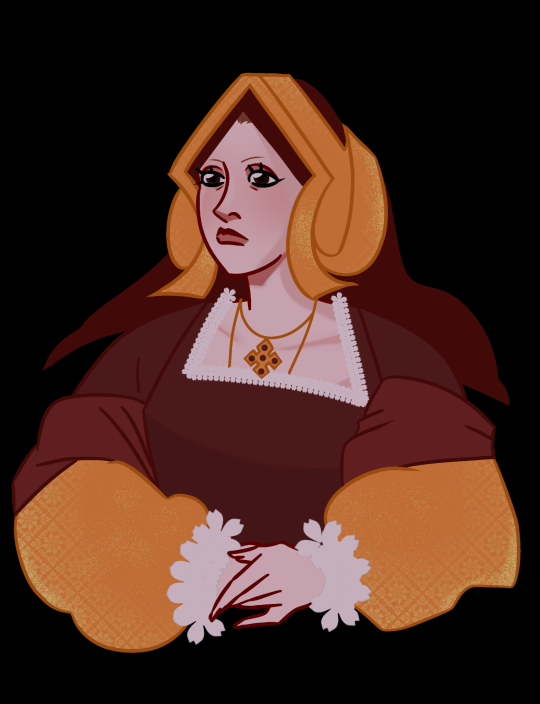


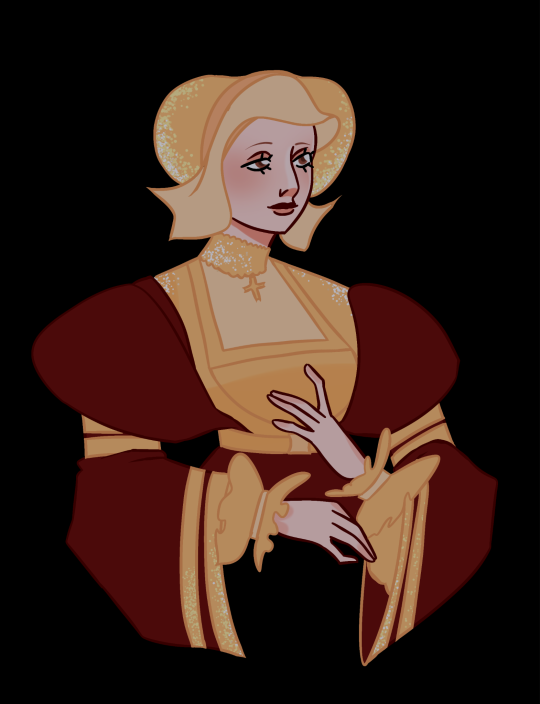


#tudors#tudor history#henry viii#six wives of henry viii#catherine of aragon#anne boleyn#jane seymour#anne of cleves#katherine howard#catherine parr#art#digital illustration#taniata's art#women in history
510 notes
·
View notes
Photo
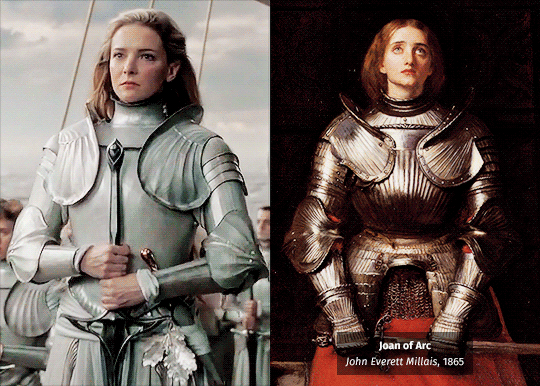

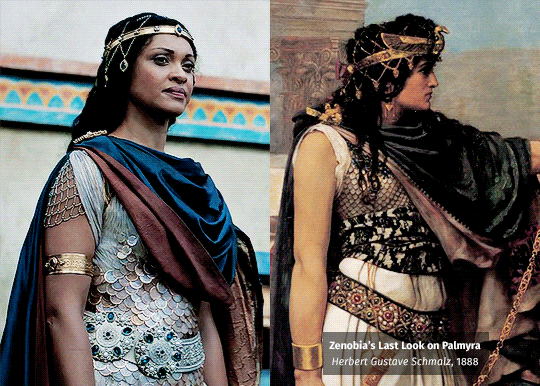
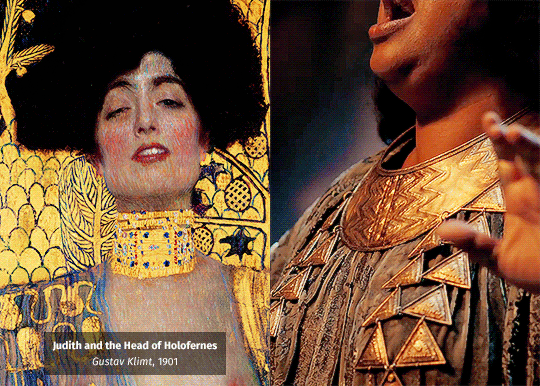
the rings of power + references to women in art
#lotredit#ropedit#tropedit#ringsofpowersource#the rings of power#tolkienedit#tolkiensource#fantasyedit#tvedit#historyedit#artedit#galadriel#miriel#disa#art history#women in history#women in art#costumes#costuming#19th century#humans#elves#dwarves#rop s1#rop 1x01#rop 1x04#rop plus art#*#1k#2k
5K notes
·
View notes
Text


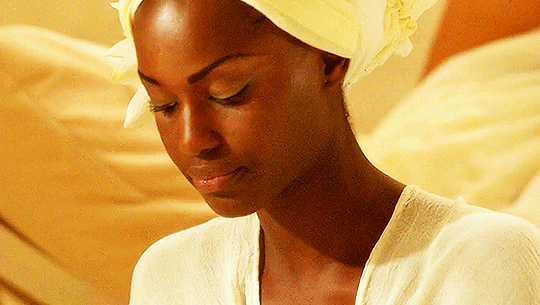



asterix & obelix: mission cleopatra (2002) - a salute to women
#asterix & obelix mission cleopatra#asterix & obelix mission cléopâtre#noemie lenoir#fatou n'diaye#cleopatra#guimieukis#exlibris#monica bellucci#alain chabat#ancient egypt#movie gifs#fav movies#french movie#egypt#egyptian#film edit#women#women in history#comfort films#asterix & obelix: mission cleopatra#asterix and obelix: mission cleopatra#asterix & obelix: mission cléopâtre#asterix and obelix: mission cléopâtre
330 notes
·
View notes
Text
"Burginda’s letter is instructing the young man in his spiritual endeavours, and the contents of the (albeit short) letter reveal that she was highly educated and well-read. Written in a period that many still refer to erroneously as an intellectual ‘Dark Ages’, Burginda’s letter uses Greek words, utilises biblical exegesis, imitates Christian poetry like the fifth-century Psychomachia of Prudentius, and references both the sixth-century Italian poet Arator and the classical Roman poet Virgil. It also contains a reworking of a description of heaven found in a Latin poem from Africa that dates to c. 500. Burginda was clearly a very well-read intellectual.
This letter can be used as an example to refute many popular misconceptions about the early middle ages. The first misconception is that antique texts were neglected or unknown in this period. The second misconception is that medieval women were uneducated and unintellectual. The third misconception is that there was little or no intellectual transmission between Africa and Europe in this period. Burginda’s letter proves all these assumptions false. Not bad for two paragraphs of Latin."
#burginda#history#women in history#women's history#8th century#england#english history#female writers#herstory#middle ages#medieval#medieval women
444 notes
·
View notes
Text


#wlw#wlw history#sapphic#sapphic history#lgbt#lgbtq#lgbtqia#lgbtqia+#lgbt history#history#herstory#sapphics#women in history#women#b&w#b&w photography#b&w aesthetic#bw edit#aesthetic#a e s t h e t i c#source: pinterest
194 notes
·
View notes
Text
On This Day In History
September 7th, 1876: Dutch exotic dancer and spy Mata Hari was born.

431 notes
·
View notes
Photo

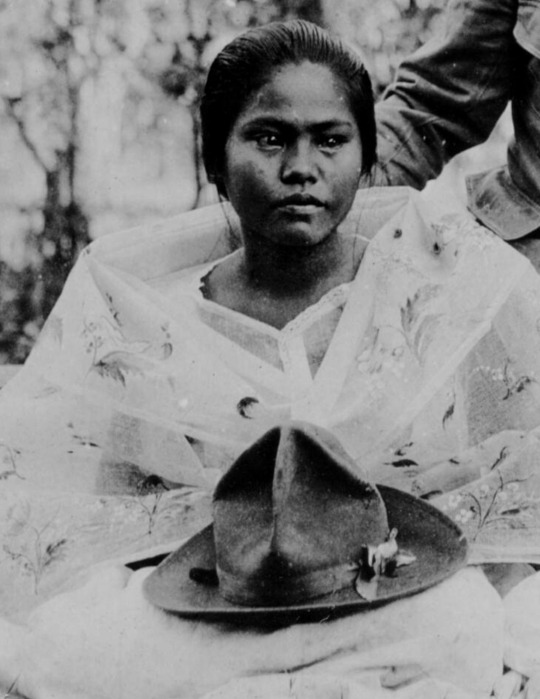

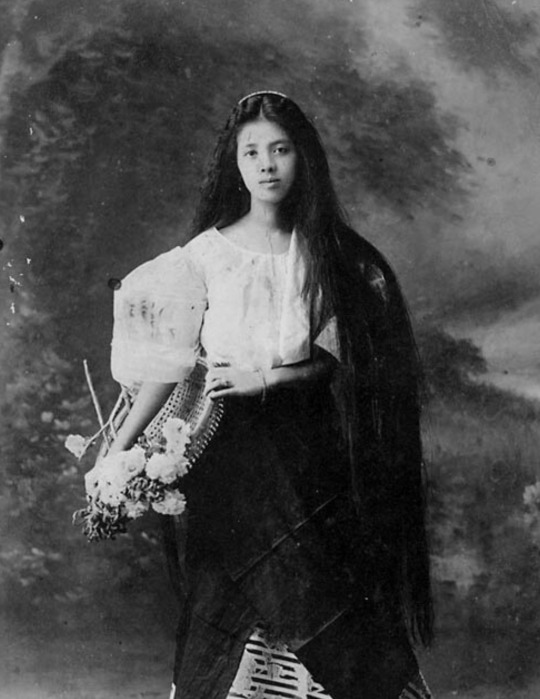
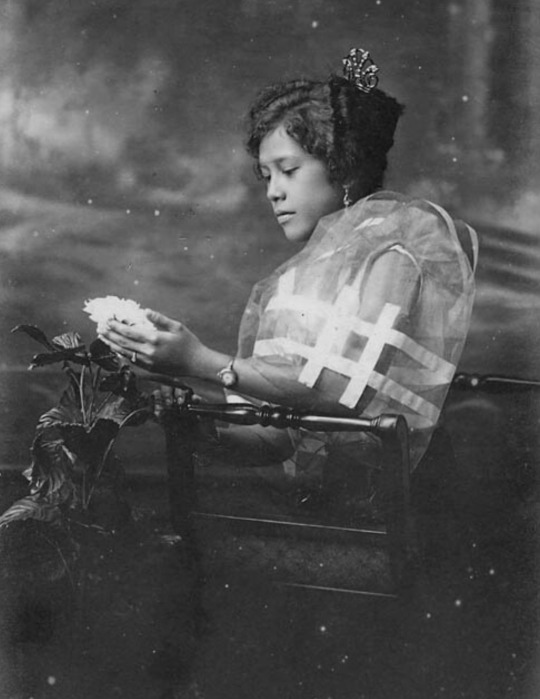





vintage photos of filipino women
#i think i saw it's filipino heritage month in october so here it is but if not enjoy it anyway#filipino#philippines#beauty#women in history#ph#photography#vintage#vintage photography#graphics#history
5K notes
·
View notes
Text







Women in History Month (insp) | Week 1: Leading Women
#historyedit#perioddramaedit#women in history#women in history month challenge#lady of birka#marie madeleine d'aiguillon#empress gongsheng#elizaveta petrovna#jayadevi#zenobia of palmyra#margrete of denmark#viking age#scandinavian history#french history#cambodian history#song dynasty#chinese history#russian empire#3rd century#7th century#8th century#10th century#14th century#15th century#16th century#17th century#18th century#my edits#mine
159 notes
·
View notes
Text

Hildegard von Bingen !!!!!!!!!!!!!!!!!!!!!!!!!!!!!!!
she was a nun and a scientist and a musician and poet and invented her own language and alphabet. which i think is pretty neat.
this drawing is based on a specific medieval illustration: (link)
#medieval#hildegard von bingen#history#medieval art#manuscript#middle ages#music#music history#lingua ignota#medievalcore#medieval europe#9th century#women in history#art#illustration
260 notes
·
View notes